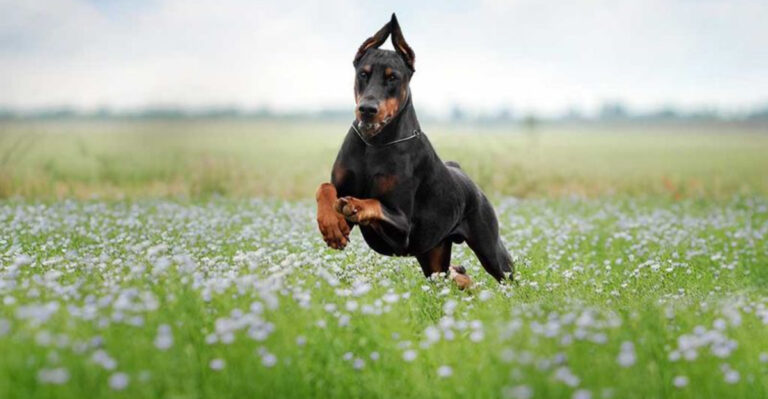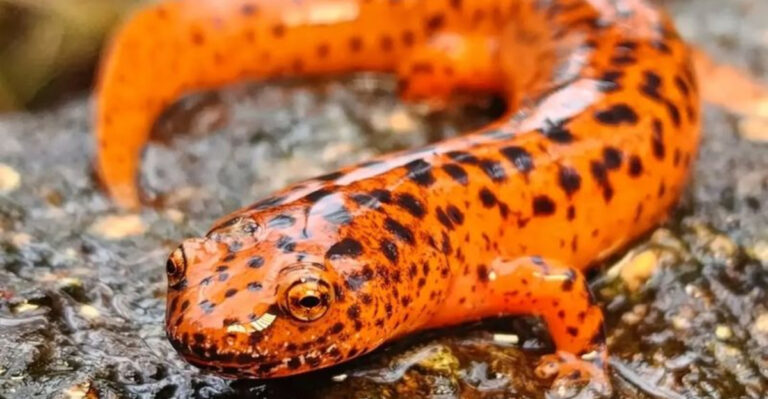10 Big Cats From Around The World You Need To Know About
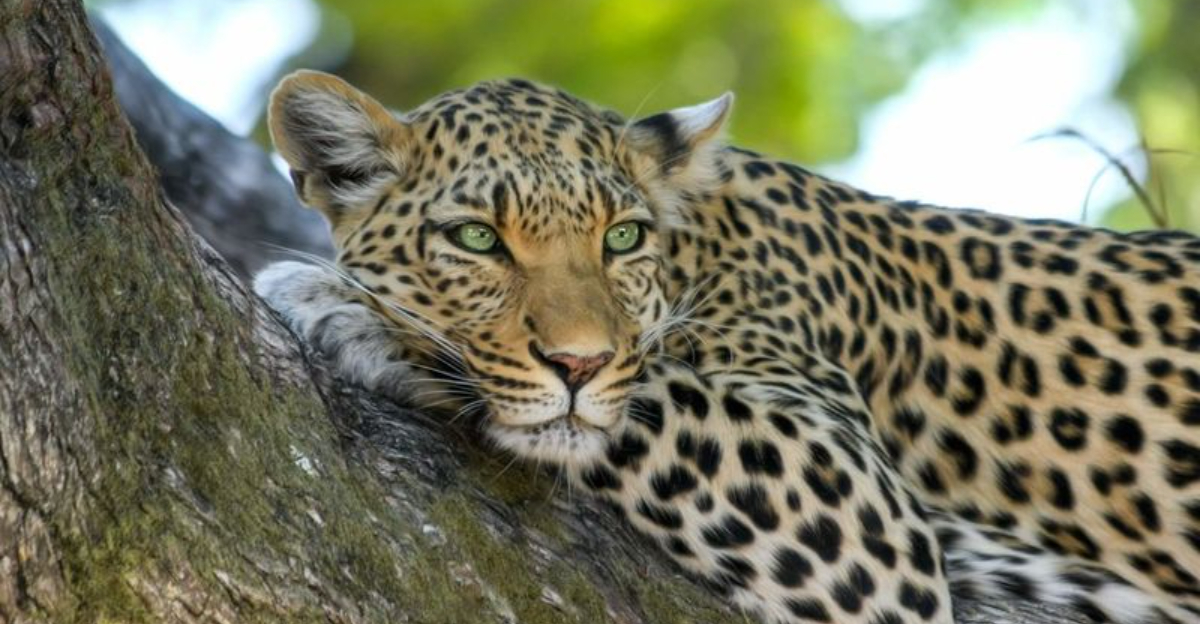
Big cats represent some of nature’s most magnificent predators, combining power, grace, and incredible hunting abilities. These majestic creatures play crucial roles in their ecosystems as apex predators, helping maintain the delicate balance of their habitats.
Unfortunately, many big cat species face serious threats from habitat loss, poaching, and human conflict, making awareness about these amazing animals more important than ever.
1. Bengal Tiger
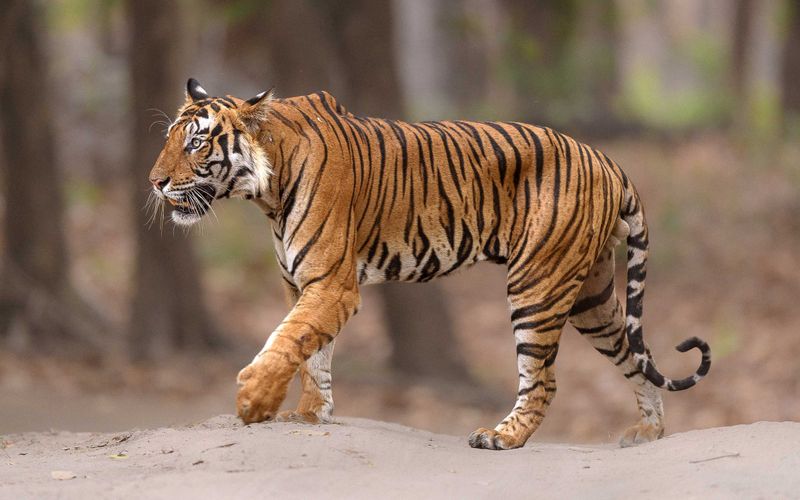
Weighing up to 500 pounds, Bengal tigers rule the forests and grasslands of India, Nepal, and Bangladesh with their distinctive orange coats and black stripes. Each tiger’s stripe pattern is unique, like a human fingerprint!
Masters of stealth, these powerful swimmers can take down prey twice their size with a single pounce. Despite their fearsome reputation, Bengal tigers face critical endangerment with fewer than 4,000 remaining in the wild.
2. Snow Leopard
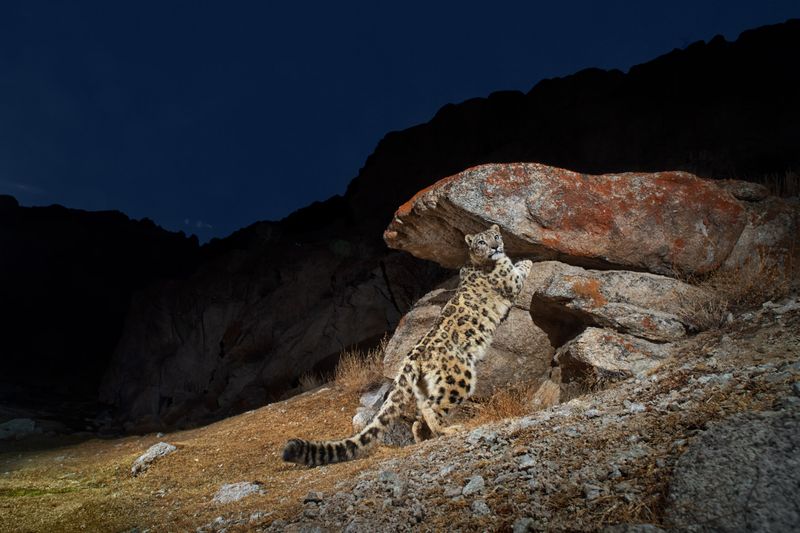
Ghost of the mountains, snow leopards haunt the rugged peaks of Central Asia at elevations up to 18,000 feet. Their thick fur and wide paws act as natural snowshoes while hunting wild sheep across treacherous terrain.
Unable to roar like other big cats, snow leopards communicate through chuffs and mews. Their long tails—nearly as long as their bodies—provide perfect balance when leaping between rocks and serve as cozy scarves during frigid nights.
3. Lion

Kings of the savanna, lions stand out as the only truly social big cats, living in prides of up to 40 members. Males sport magnificent manes that darken with age, signaling strength and health to potential mates and rivals.
Female lions handle most hunting expeditions, working together to bring down prey. Their thunderous roars can be heard up to five miles away—nature’s way of marking territory and warning intruders that they’ve entered the domain of royalty.
4. Cheetah

Built for speed rather than power, cheetahs can accelerate from 0 to 60 mph in just three seconds—faster than most sports cars!
Their specialized bodies feature lightweight frames, non-retractable claws for traction, and enlarged nasal passages that supercharge oxygen intake during high-speed chases.
Recognizable by their distinctive tear marks running from eyes to mouth, these marks actually reduce glare from the sun while hunting across open plains.
5. Jaguar
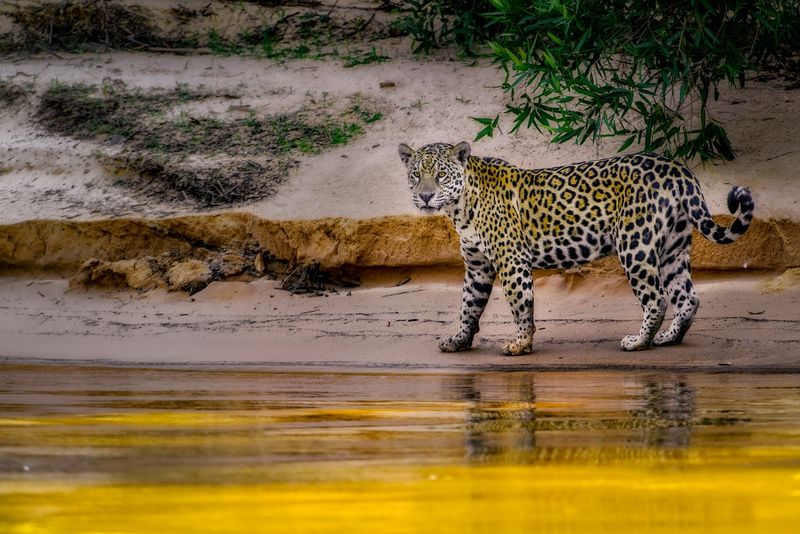
Pound for pound, jaguars reign as the strongest big cats in the world with jaw strength powerful enough to crush turtle shells and pierce skulls. Unlike most cats, jaguars actually enjoy swimming and often hunt caimans and capybaras along riverbanks in the Amazon.
Their distinctive rosette patterns contain small spots inside, differentiating them from leopards. Ancient Mayans revered these magnificent predators as symbols of power and believed they could move between worlds.
6. Leopard
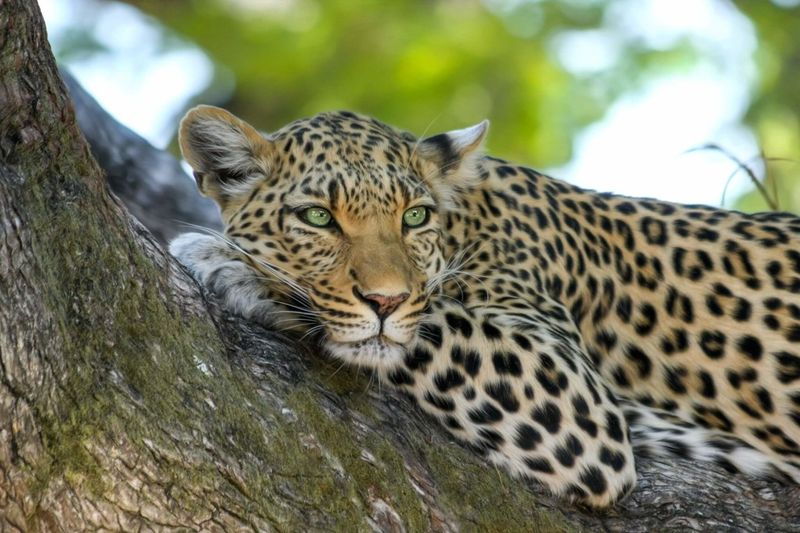
Masters of adaptation, leopards thrive in more diverse habitats than any other big cat—from African savannas to Asian forests and even urban fringes. Their incredible strength allows them to hoist prey twice their weight into trees, keeping dinner safe from scavengers.
Secretive and primarily nocturnal, leopards excel at vanishing into their surroundings. A melanistic variant—the black panther—isn’t a separate species but simply a leopard with excess dark pigmentation, with rosettes still visible in certain light.
7. Cougar
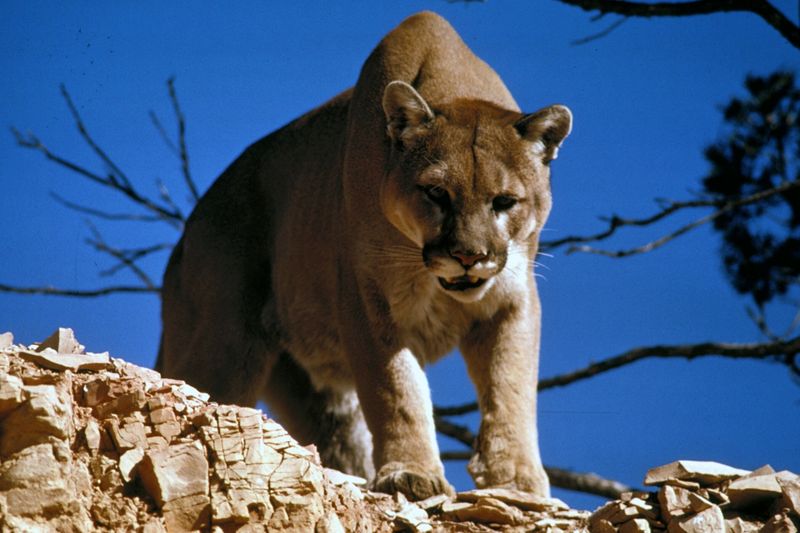
Known by many names—mountain lion, puma, panther—these tawny predators roam the longest range of any wild mammal in the Americas, from Canadian forests to the Andes. Remarkable jumpers, cougars can leap 18 feet vertically and 40 feet horizontally in a single bound!
Despite their impressive size, cougars can’t roar like true big cats. Instead, they communicate through chirps, whistles, and purrs. Female cougars raise cubs alone, teaching them hunting skills over two years before independence.
8. Andean Mountain Cat

Rarely seen even by researchers, the elusive Andean mountain cat haunts the remote highlands of Peru, Bolivia, Chile, and Argentina. Smaller than most big cats, these high-altitude specialists survive harsh conditions where temperatures regularly plummet below freezing.
Their thick, silvery-gray fur features distinctive dark spots and rings on their extra-long tails. Sacred to indigenous Andean cultures, these cats face extreme endangerment with fewer than 1,400 adults remaining, threatened by habitat loss and mistaken persecution.
9. Amur Leopard
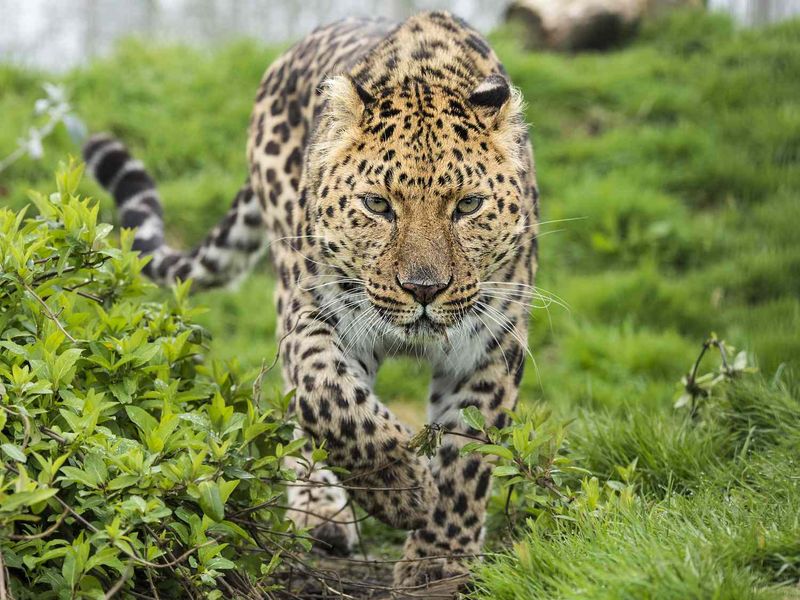
Surviving brutal Siberian winters where temperatures drop to -30°F, Amur leopards have evolved the longest fur of any leopard subspecies. Their thick, cream-colored coats feature widely-spaced rosettes, providing perfect camouflage against snowy Russian forests.
Critically endangered with fewer than 100 individuals remaining, these remarkable cats can run up to 37 mph and leap 19 feet horizontally.
Female Amurs raise cubs alone for almost two years, teaching crucial hunting skills needed for survival in one of Earth’s harshest environments.
10. Persian Leopard
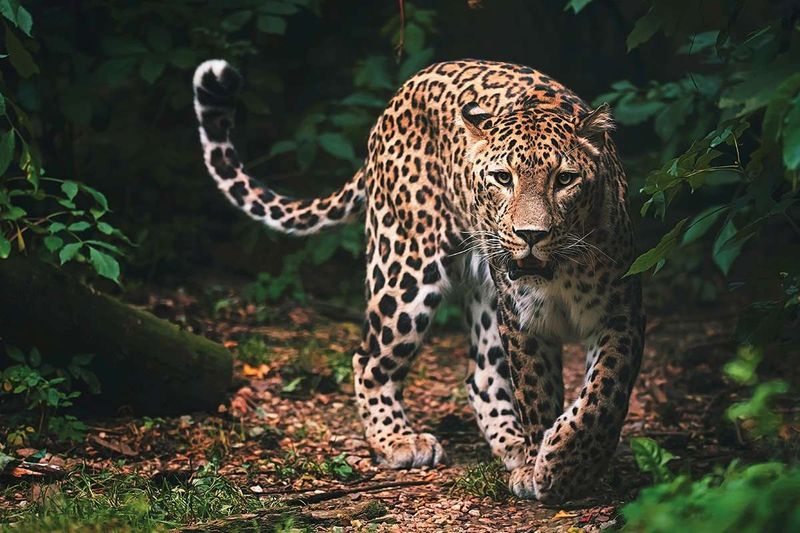
Roaming the rugged mountains and forests stretching from Turkey to Afghanistan, Persian leopards rank as the largest leopard subspecies, with males reaching 200 pounds. Their golden-yellow coats feature smaller, more densely packed rosettes than African leopards.
Incredibly adaptable, these cats survive in diverse landscapes from arid mountains to humid forests. Persian leopards play crucial roles in Middle Eastern ecosystems by controlling wild boar populations. Conservation efforts have helped stabilize numbers in protected areas like Iran’s Golestan National Park.



